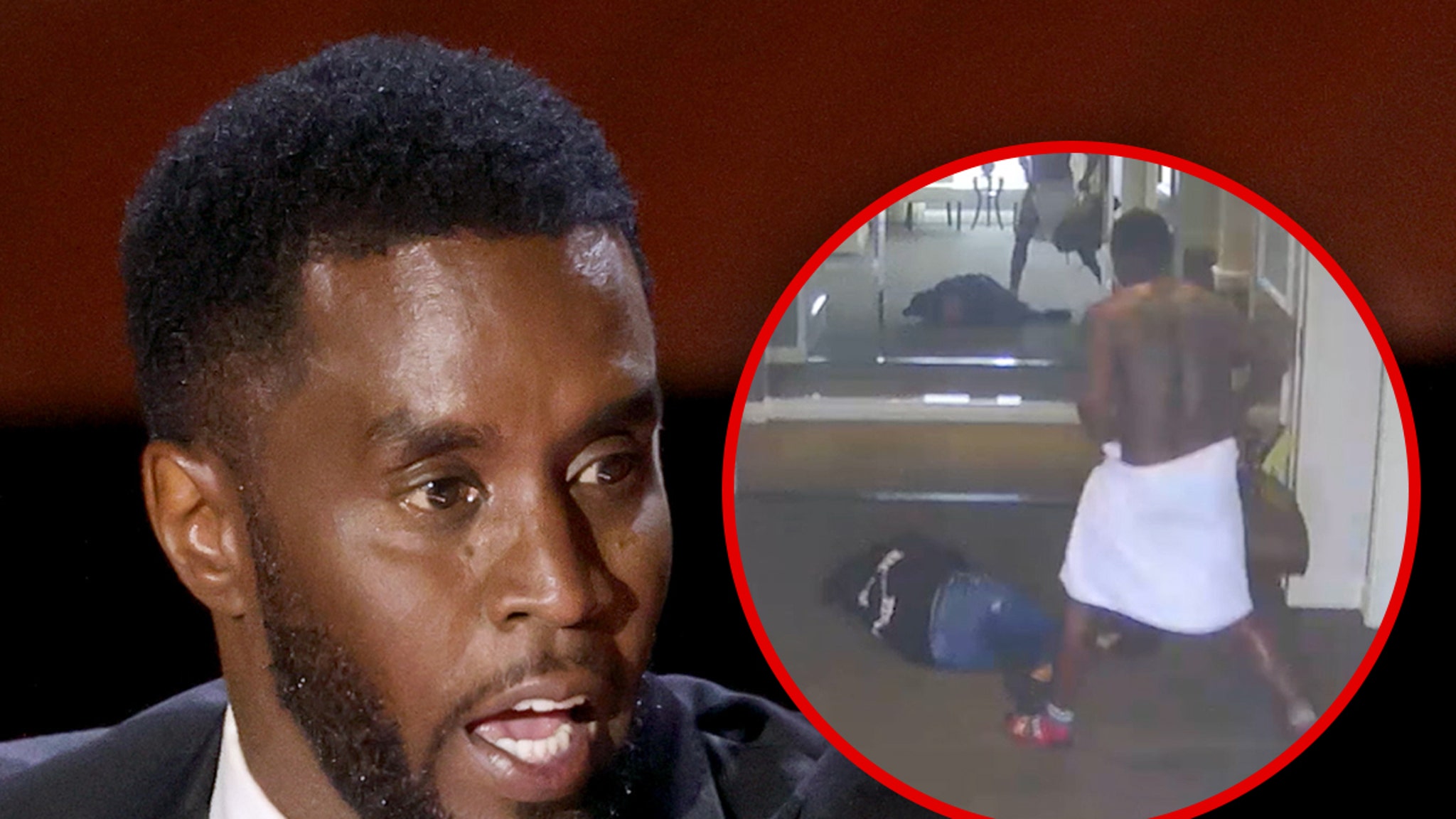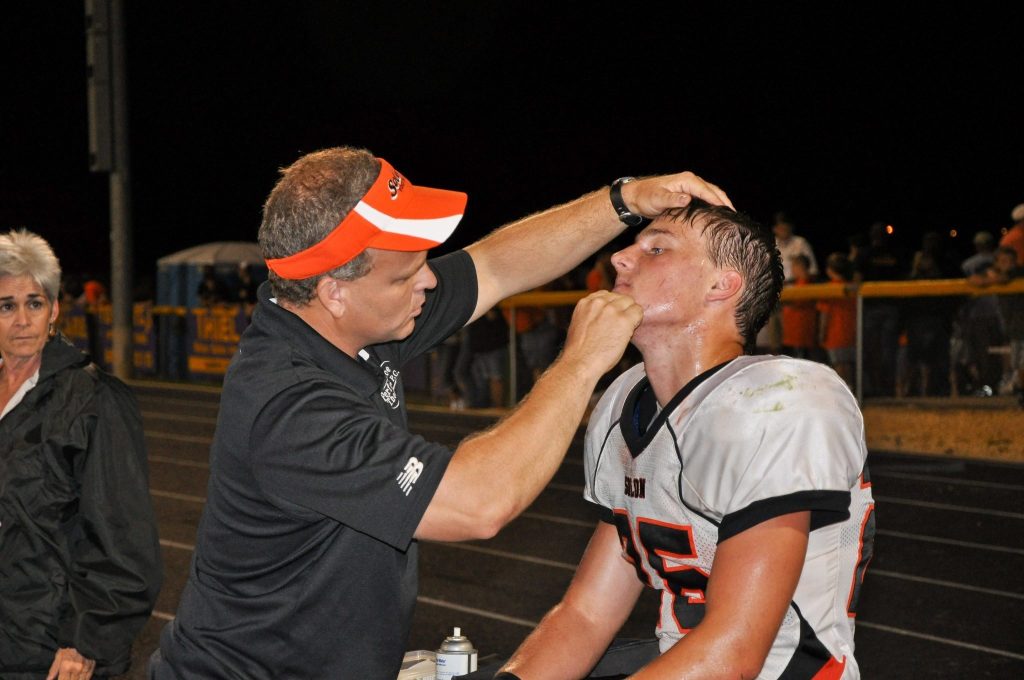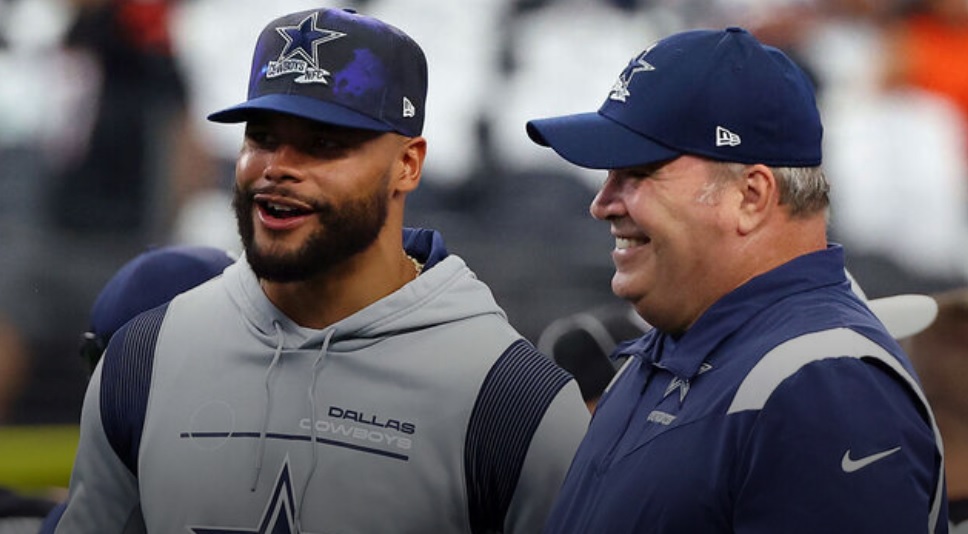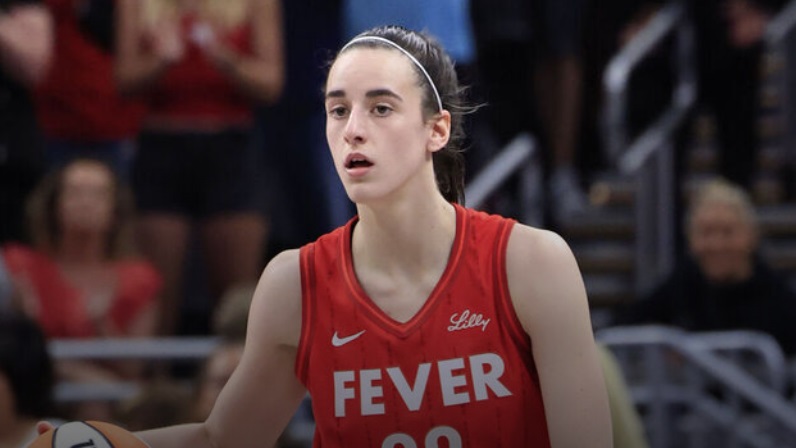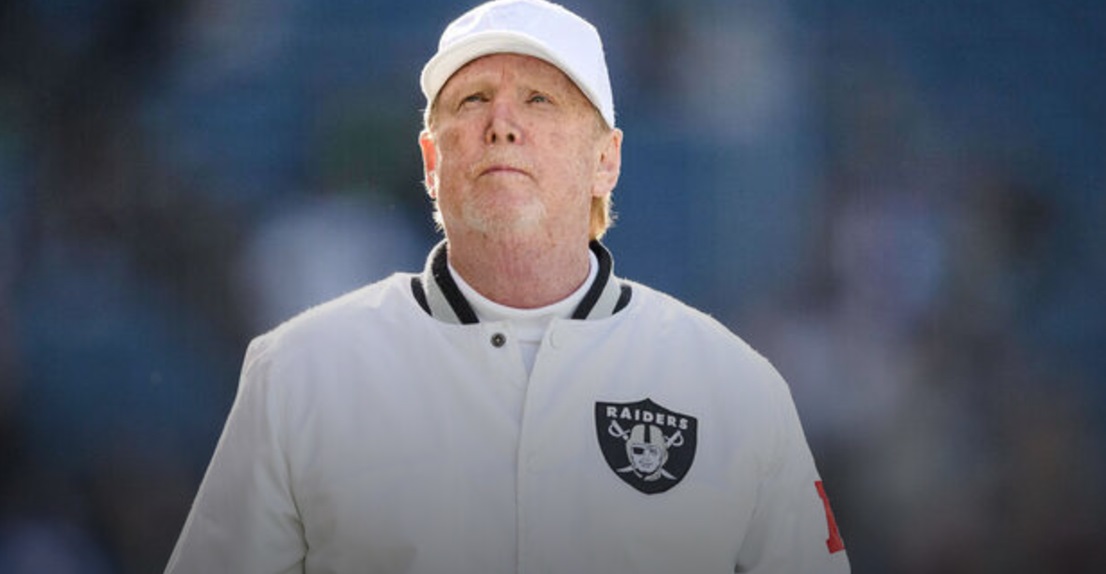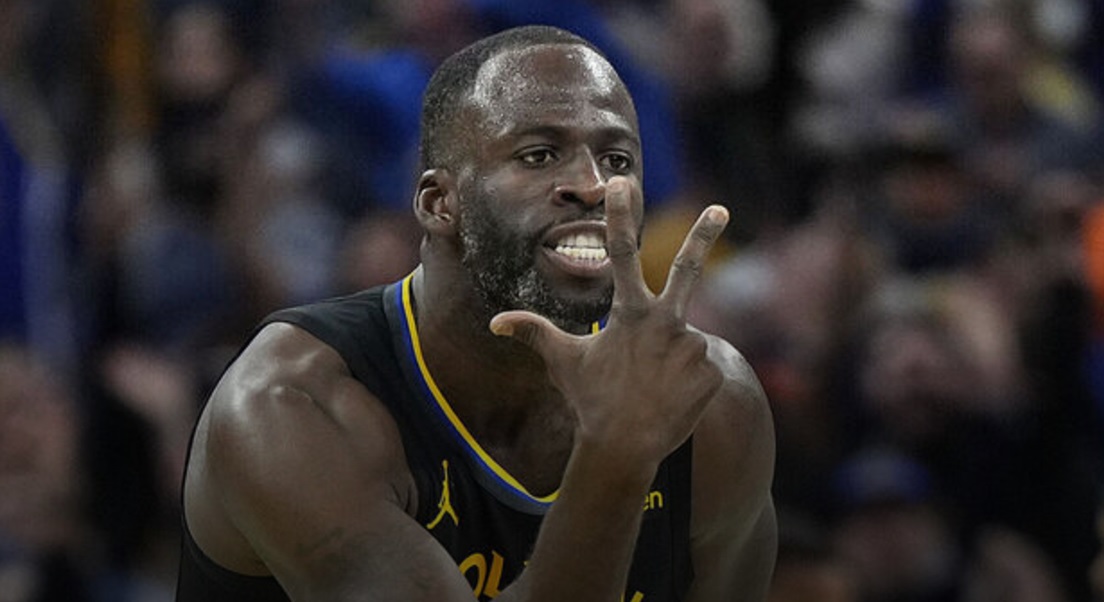While vehicle accidents are the most common cause of head injuries, sports participation follows in second place for people between 15 to 24. TBI (traumatic brain injury) has become a health concern of epidemic proportions as more is learned about this condition and its effects.
The most common indicator of a TBI is a change in a person’s mental status. Suppose there is a chance that an athlete has suffered such an injury, then a medical assessment must be completed right away. If there’s any suspicion of either a concussion or a TBI, the person participating in the sport should not return to the game or the practice that same day.
Neurocognitive Testing before an Injury Occurs
The best way to tell whether an athlete’s mental status has been compromised is for the person to undergo a series of neurocognitive tests before participating in any sport. This provides a baseline level of the brain’s functioning that can be used for comparative purposes following a head injury. These tests will assess problem-solving, attention, memory, and much more.
Grading of Head Injuries
A grading system in place helps practitioners in the sports medicine field identify how serious an injury is. The grade also indicates how long a person should remain out of the game. These grades include the following:
Grade 1 indicates mild trauma occurred to the head, such as a laceration, contusion, or bump. Athletes may play again once the injury has healed.
Grade 2 – At a grade 2 level, the patient will suffer from headaches much like migraines with a variety of associated symptoms. Athletes may return to play once the symptoms are resolved, and test results show that mental capacity has returned to the baseline.
Grade 3 – A grade 3 level is indicative of a mild TBI with a sudden change in the patient’s mental status. This grade is also provided when the athlete has lost consciousness for less than 60 seconds or had amnesia that lasted less than half an hour. Patients must wait a minimum of 10 days before resuming their sporting activities and be asymptomatic.
Great 4 – This level is assigned when the athlete has lost consciousness for longer than 60 seconds but no more than five minutes. It’s also indicated when the patient has amnesia for less than 24 hours. It’s recommended that players take a 30-day break as long as it is their first injury. After the third injury of this kind, a 100-day break is highly recommended.
Grade 5 – This grade is given for a severe traumatic brain injury that is possibly life-threatening. There may be bleeding in the brain and an increase in intracranial pressure. This grading is assigned to athletes that have been unconscious for longer than 5 minutes or have had amnesia present for longer than 24 hours. Athletes can return to their sports activities following a hiatus of 6 months as long as there is no evidence to support structural damage in the brain.
A TBI must be taken seriously. Follow the recommendations provided by your health provider. Contact a traumatic brain injury lawyer to learn your rights if you have any legal concerns.
You can view the original article HERE.




